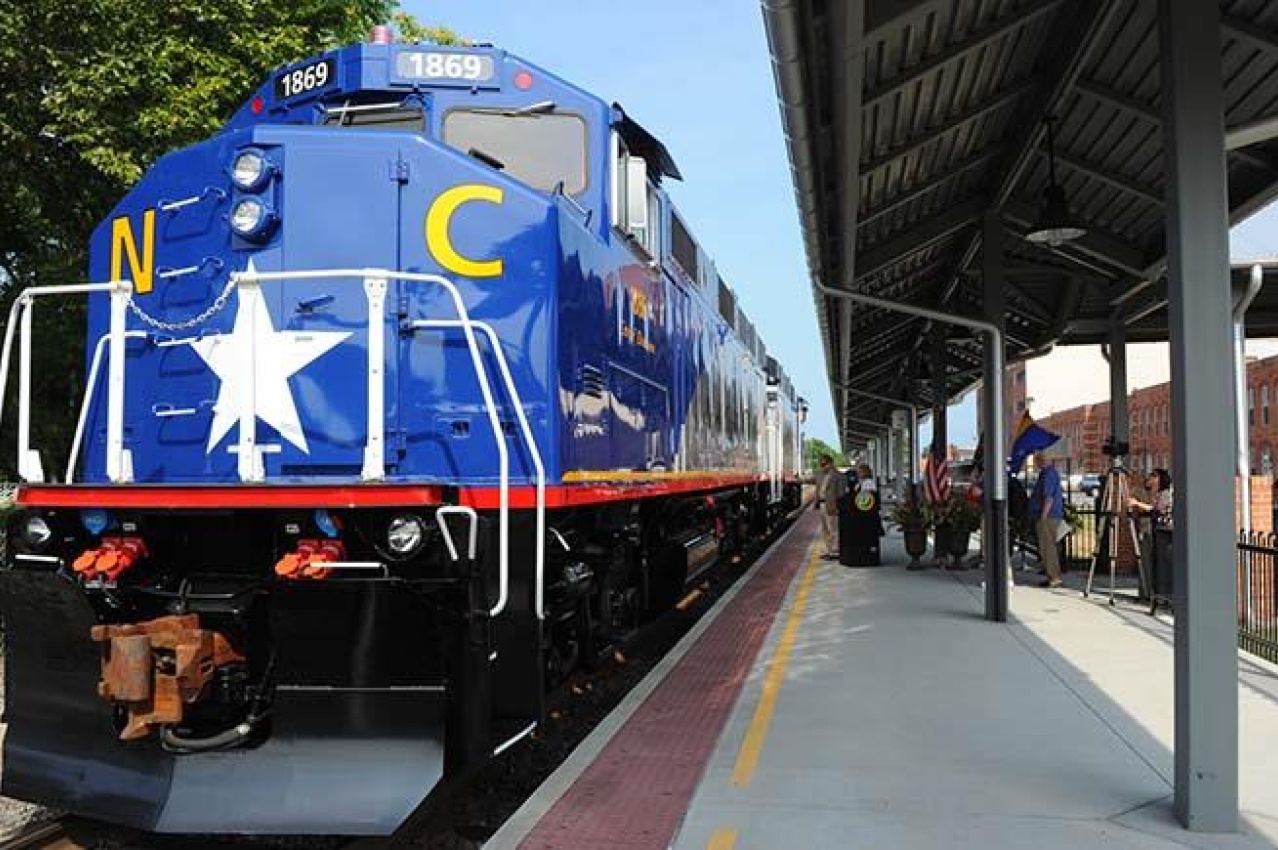Rail


General Information
Durham County has a long and storied history of being a community with close ties to the railroad. Since the mid-19th Century, Durham residents have used railroad connections for transportation, commerce, and to access regional opportunities. While not all of the historic rail corridors through Durham County remain active, Durham maintains several significant rail routes. The North Carolina Railroad Company (NCRR) owns and manages the 317-mile rail corridor that stretches from Charlotte to the Port Terminal in Morehead City and runs east-west through the heart of the City of Durham. This is a primary route for both passenger and freight service. Additionally, Norfolk Southern and CSX both own and manage their own rail corridors within Durham County.
Amtrak
Amtrak passenger rail service makes a stop at Durham Train Station located at 601 West Main Street. Amtrak passengers can reach destinations throughout North Carolina and across the United States all by train. To learn more and view train schedules please visit the NC By Train website.
Commuter Rail
Durham County has collaborated with GoTriangle and other regional partners in their efforts to explore the opportunity of utilizing 37-miles of the NCRR corridor to operate regional commuter rail service which would provide frequent service between communities from West Durham to Clayton. To learn more and view the most recent feasibility study, please visit the Ready For Rail website.
Grants
The Durham County Transportation Department is examining opportunities to increase safety and decrease conflicts between people and trains at three rail crossings within East Durham. The County has been awarded a grant through the Federal Railroad Administration (FRA) Railroad Crossing Elimination program for a planning, community engagement, and environmental review project.
Click here for more information on our Railroad Crossing Elimination grant application.


